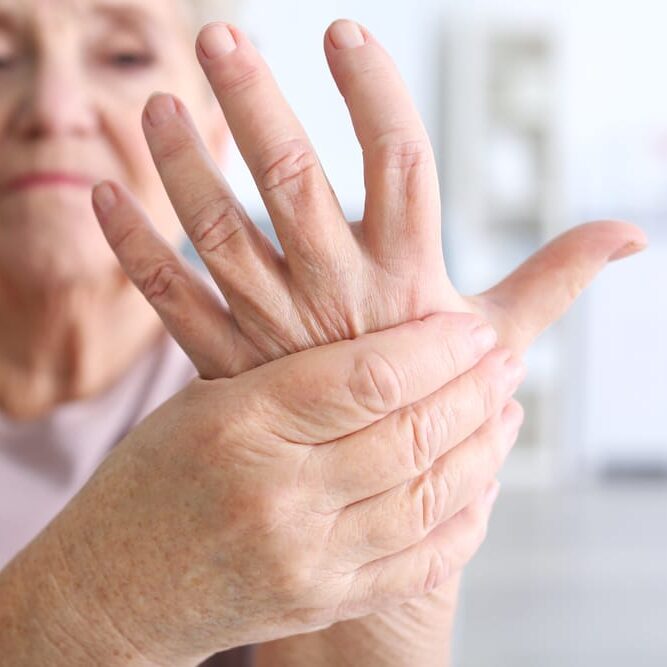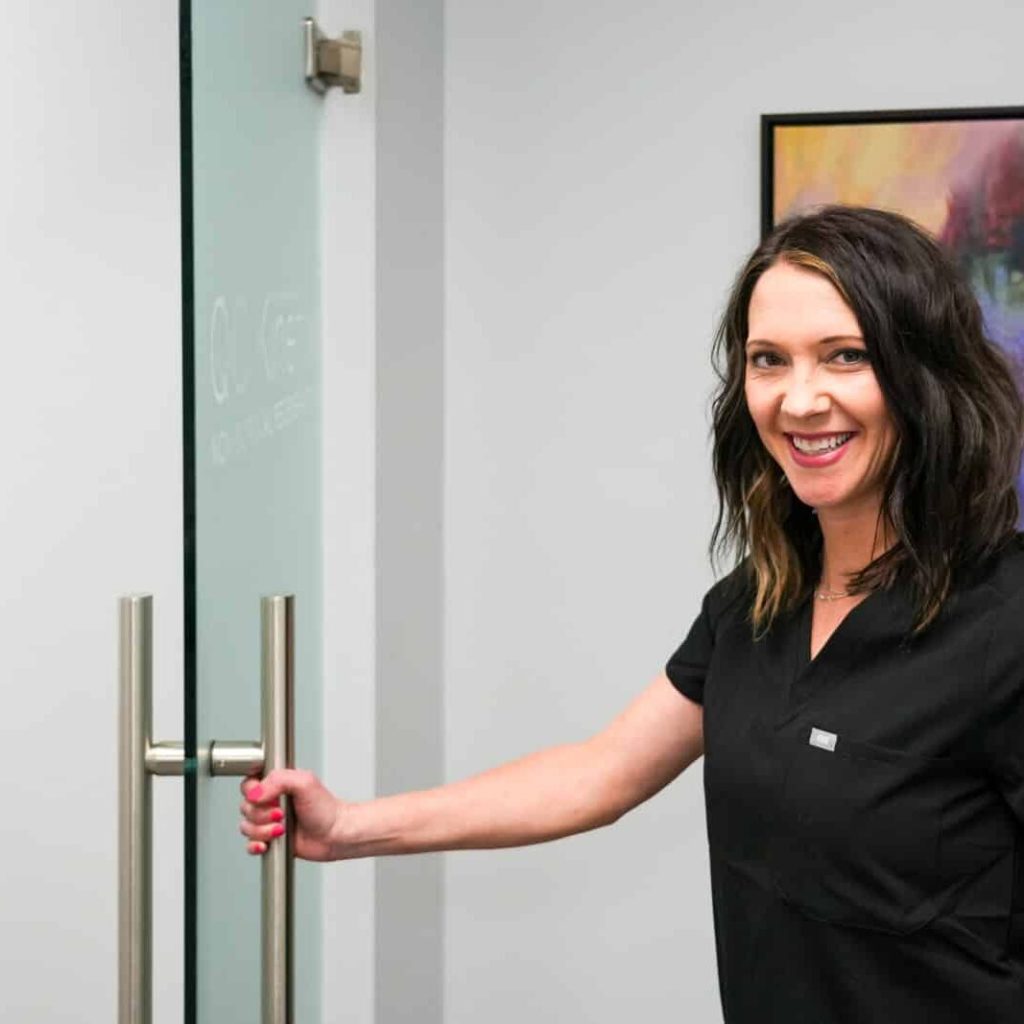
The human wrists and hands are intricate systems composed of bones, muscles, joints, tendons, ligaments, cartilage, and nerves, granting them range of motion and strength. This dexterity allows us to craft, build, and easily manipulate the world around us. However, this complexity also makes the wrists and hands susceptible to debilitating pain when its intricate components are compromised.
The wrist comprises an intricate network of bones, including the radius, ulna, and eight carpal bones. These elements work in unison to enable a wide range of movements, which are crucial for the functioning of the hand.
The hand consists of 27 bones, divided into three groups:
These bones, connected by joints, allow for a remarkable range of motion and precision grip.
Over 30 muscles, controlled by tendons and innervated by a network of nerves, work harmoniously to execute delicate and powerful movements. Ligaments provide stability, preventing excessive motion that could lead to injury.
Muscles, joints, and ligaments play a crucial role not only in wrist function but also in the overall functioning of the hand. They facilitate motion and provide stability, allowing us to grasp, hold, and manipulate objects precisely.
The wrist and hand house an extensive network of nerves that transmit sensory information and control hand movements. These nerves are essential for our ability to feel and manipulate objects.
Wrist and hand pain can stem from various sources:
Wrist and hand pain hinders creative pursuits and makes everyday tasks challenging. From typing on a keyboard to holding a cup of coffee, wrist and hand pain can significantly affect your quality of life.

QC Kinetix in Nashville in Nashville offers non-surgical solutions for wrist and hand pain by tapping into the body’s natural healing capabilities.
Rather than masking the pain, we focus on healing the source of wrist and hand discomfort, promoting lasting relief. We understand that hand pain often goes hand in hand with wrist issues. Every case of wrist and hand pain is unique. QC Kinetix in Nashville offers personalized treatment plans tailored to individual needs.
Ready to bid farewell to wrist and hand pain without resorting to surgery or medications? Schedule a free consultation with QC Kinetix in Nashville today and embark on your journey to pain-free living.
Watch our QC Kinetix Patient Testimonials to learn how our wrist pain relief without surgery has helped other patients. Then, find out more on our Frequently Asked Questions page.
This completely depends on your specific condition and its severity, which we cover in detail with you at your complimentary, no-obligation consultation.
While we have seen patients have long-standing relief after their initial injection series, this does vary from patient to patient depending on many factors, including how active a patient continues to be. Osteoarthritis is a chronic, degenerative condition and while we feel that regenerative medicine protocols are an outstanding way to combat the pain of this degenerative process, these treatments are not a cure for this condition.
This is an extremely important question. In our opinion, success isn’t just a matter of having less overall pain. We strive to improve your overall quality of life. Sure, this includes decreasing your pain levels, but we also want to see things like improved function, range of motion, improved sleep patterns, taking fewer medications (or lower doses), and being able to enjoy life more. Instead of just looking at a simple pain scale number, we focus on quality-of-life metrics. In this light, the vast majority of our patients have success with regenerative medicine for their knees.
Class IV laser therapy is a helpful adjuvant to the regenerative medicine therapies we use. When used alone, it is useful for some temporary relief only. We utilize it in combination with our additional protocols to improve the tissue environment.
A series of the biologic regenerative medicine therapies; consideration of appropriate knee bracing, if warranted; and physical therapy after the initial treatment series.
When left untreated, sports injuries can lead to local scarring of tissue. The chronic pain of sports injuries can also put undue stress on other parts of the musculoskeletal system that can lead to pain in other areas as well.
The pain due to muscle tears, tendon injuries, ligament injuries, bursitis, and more.
There are many ways to work on low back pain because it is a very complicated problem with many potential causes. While we use our regenerative medicine protocols successfully with many low back pain issues, we also strongly encourage things like physical therapy, Pilates, and yoga to help enhance the results you can obtain from our protocols.
There are times when one or both are appropriate to use. We discuss this in detail with you when you begin your plan of care with us.
The pain related to osteoarthritis, rheumatoid arthritis, and psoriatic arthritis.
Usually, this is determined by a good history and physical exam, followed by imaging with x-ray, ultrasound, MRI, or a combination of all three modalities. Sometimes, blood work may also be warranted in the work-up of arthritis.